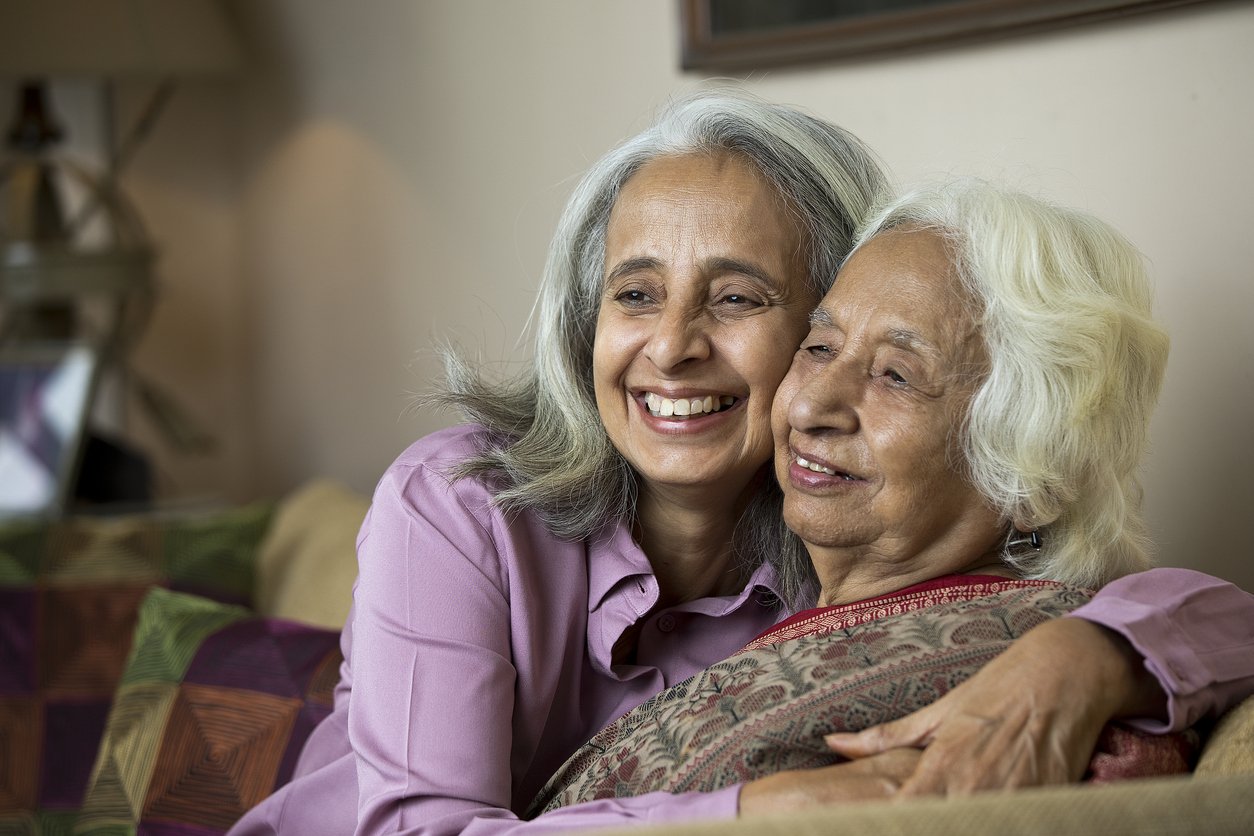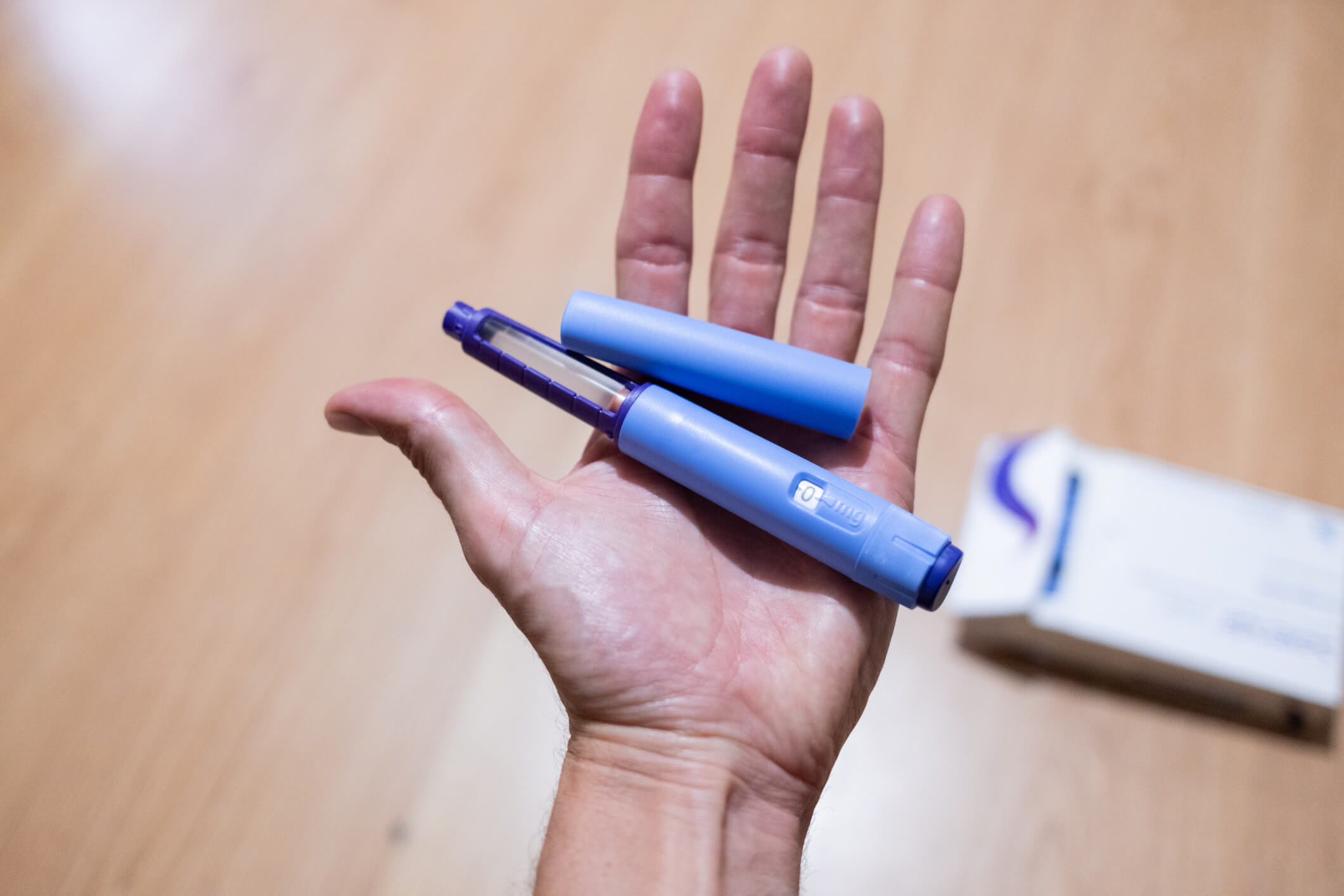
Learn about the roles that one’s sex (determined by genes and chromosomes), and gender (social role and preferred orientation) play in the risk for developing Alzheimer’s in women. We examine how they may impact the course of the disease.
Elise’s husband noticed her memory problems before anyone else did.* Elise, an 82-year-old mother of 3 and a retired attorney, was skillful at covering up her memory lapses. Her supportive husband covered for her occasional lapses, and with his help, she was able to manage routine activities at home until his death from a heart attack. In the wake of his death, Elise’s children saw that their mother was having considerable trouble operating her computer, paying her bills, and eventually even keeping on top of household chores. They brought her to a memory clinic for evaluation. There, on the basis of her medical history, examination, cognitive testing, blood tests, and neuroimaging, a diagnosis of Probable Alzheimer’s disease (AD) was made. Elise was no longer able to live independently. Her son, Alan, invited her to move in with him and his wife, Ann. Ann, a busy realtor, took on the additional role of providing most of Elise’s care. In the beginning, Elise didn’t need much help, and caregiving wasn’t very stressful.
Her disease, though, progressed quickly. She remained a gentle and considerate woman with a charming social manner, but Ann found it stressful to console Elise once she developed fearful and suspicious delusions about her safety in Alan’s and Ann’s home.
*Vignettes are fictionalized to protect the confidentiality of the individuals whose stories inspired them.
AD, if we look at the evidence, is a much larger burden for women than for men. Nearly two-thirds of people diagnosed with AD are women. A similar proportion of caregivers is women. As a woman, Elise’s sex (determined by her inherited sex chromosomes) and her gender (her social role and preferred orientation) play important roles in her risk for developing AD and for the course her disease will take. Clinicians and researchers have been learning more about this issue lately, and here are some of the things they’ve found:
- Elise’s risk of developing AD is greater than a man’s. A 65-year-old woman, for example, has a 12 percent risk of developing AD during the remainder of her life while the risk for a 65-year-old man is only about half as great (6.3 percent). This difference may partly reflect women’s longer survival. Sex also influences Elise’s risk through her female hormones. Estrogen protects the healthy brain and exerts a protective anti-AD effect up to menopause. There is strong evidence, for example, that a woman whose ovaries are removed before natural menopause is at significantly higher risk for developing AD unless she promptly receives estrogen as a hormone replacement therapy. After a medically or surgically induced menopause, the estrogen must be given soon because estrogen seems to have a different effect on older, less healthy brain cells. Based on the results of the influential Women’s Health Initiative Memory (WHIM) study, researchers have suggested that estrogen can be harmful if started more than five years after the last menstrual period. The reasons for this are still being investigated.
-
- Sex also affects the rate and impact of risk factors. The E4 version of the apolipoprotein gene, referred to as ApoE4, for example, is a more potent risk factor for men than for women. However, women with adult-onset diabetes are at greater risk for developing dementia than are men with the same illness.
-
- Elise’s gender, her culturally determined role behavior, will also affect her risk of developing AD. As a woman in her 80s, she was raised during an era when men typically reached a higher level of education. Educational attainment is an important AD preventive factor. The educational gap between men and women has changed in recent years, and the most current census shows women generally achieving a higher educational status than men. Women of Elise’s era also tended to be less physically active than men, and physical activity is another important anti-AD protective factor. On the other hand, Elise’s generation of women smoked and drank alcohol less heavily than men, so she would have been less affected by these risk factors. Unfortunately, women of more recent generations have increased their use of tobacco and alcohol.
-
- Elise is widowed, which would be a more serious AD risk factor for a man than for a woman. Although her son has offered to be a caregiver, the greater burden is likely to fall on Alan’s wife. The majority of AD caregivers are wives and daughters, and there is a significant amount of stress in this caretaking role. Elise’s illness, too, is likely to go on for a longer time than would a man’s. Women are diagnosed earlier, and although their decline progresses faster they nonetheless survive longer than men with AD.
- In contrast to caring for a man with AD, a job that can be complicated because of restlessness and aggression, the difficulty in caring for Elise may result from her prolonged decline and survival. Personal care needs will increase over time, and she may eventually be unable to communicate effectively, eat without assistance, or walk safely. She is less likely than a man to become aggressive, but more likely to experience and complain of hallucinations and paranoid delusions. One study found that women with dementia hospitalized because of behavioral problems were more likely to respond and be able to return home than were the men.
About BrightFocus Foundation
BrightFocus Foundation is a premier global nonprofit funder of research to defeat Alzheimer’s, macular degeneration, and glaucoma. Since its inception more than 50 years ago, BrightFocus and its flagship research programs—Alzheimer’s Disease Research, Macular Degeneration Research, and National Glaucoma Research—has awarded more than $300 million in research grants to scientists around the world, catalyzing thousands of scientific breakthroughs, life-enhancing treatments, and diagnostic tools. We also share the latest research findings, expert information, and resources to empower the millions impacted by these devastating diseases. Learn more at brightfocus.org.
Disclaimer: The information provided here is a public service of BrightFocus Foundation and is not intended to constitute medical advice. Please consult your physician for personalized medical, dietary, and/or exercise advice. Any medications or supplements should only be taken under medical supervision. BrightFocus Foundation does not endorse any medical products or therapies.








